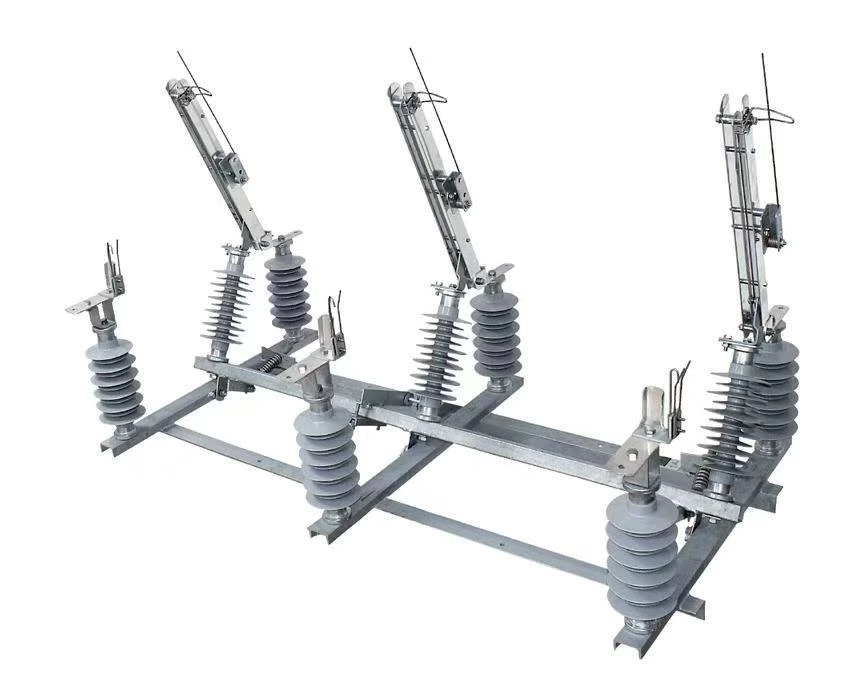High Voltage Disconnector Operation
high voltage isolator are all equipped with manual operating mechanisms, generally using CS6-1 type. When operating, first pull out the positioning pin, and the opening and closing actions should be decisive and rapid. Be careful not to use too much force at the end. After the operation, be sure to pin it with the positioning pin, and visually check whether the position of the moving contact meets the requirements.
When operating a single-pole high voltage isolator switch with an insulating rod, the closing should first close the two side phases and then the middle phase; when opening, the order is the opposite.
It must be emphasized that whether the closing or opening operation should be carried out without load or the load is within the operating range allowed by hv isolator. For this reason, before operating hv isolator switch, it is necessary to check that the circuit breaker connected in series with it is indeed in the disconnected position. If the load of high voltage electrical isolator is a transformer within the specified capacity range, all low-voltage loads of the transformer must be stopped first, and then the isolator high voltage must be opened after it is unloaded; when supplying power, first check that the main switch on the low-voltage side of the transformer is in the disconnected position before closing the disconnector.
If an erroneous operation of opening or closing the disconnector with load occurs, another possible erroneous operation in the opposite direction should be avoided calmly. That is: after the load-related erroneous closing is found, it must not be opened immediately; when the load-related opening is found, if it has been opened, it must not be closed again (if it is opened a little and sparks are found, it can be closed immediately).
The disconnector in operation should be inspected. In a distribution station with personnel on duty, it should be inspected once per shift; in a distribution station without personnel on duty, it should be inspected at least once a week.
The content of daily inspection is mainly to observe the relevant ammeters, and their operating current should be within the normal range; secondly, according to the structure of the disconnector, check that its conductive parts are in good contact, there is no overheating or discoloration, the insulating parts should be intact, and there are no signs of flashover discharge; and the transmission part should be normal (no distortion, pin shaft falling off, etc.).

